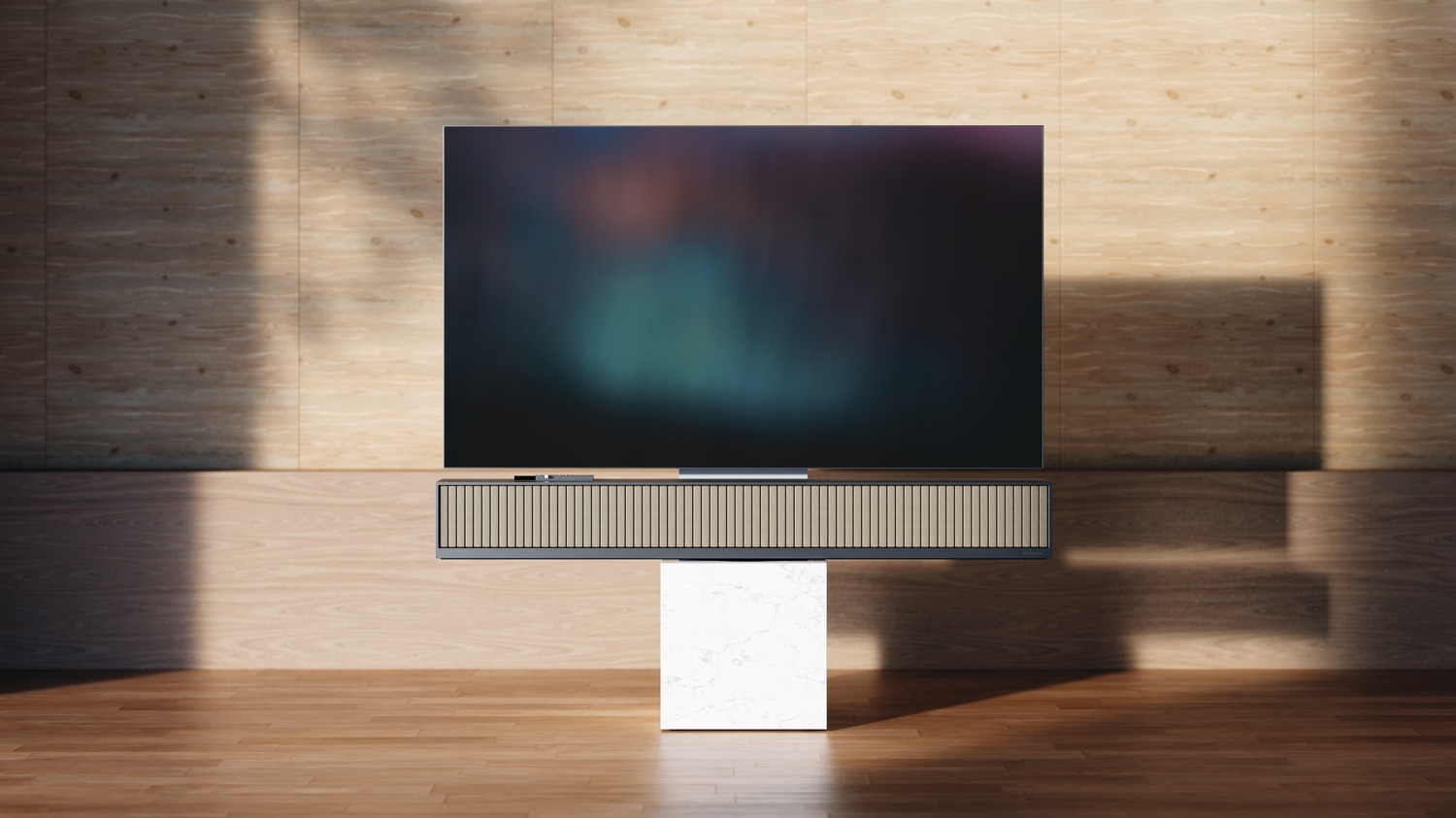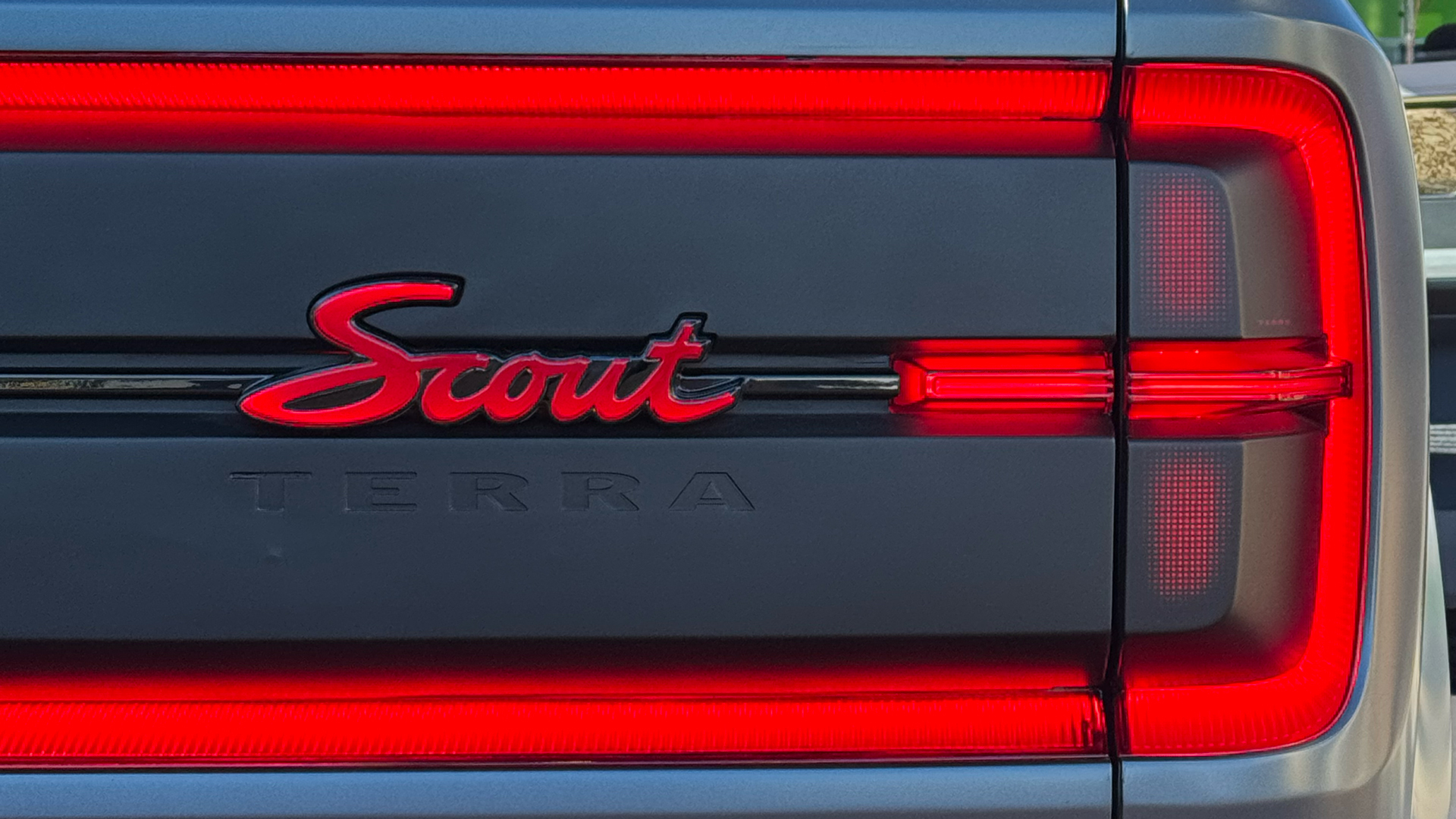
Outside we have the desert; inside we have the lights and the hyperbole. In the home of the big gamble, CES 2025 felt like somewhat of a safe bet, as one trend dominated the show floor: Artificial Intelligence.
As I walked around, from stand to stand, I saw brands eagerly showcasing how they use AI to make every part of our lives smarter and better – from the homes we live in to the TVs we watch. AI was a badge of acceptance at CES, with every other stand offering the promise of enhanced convenience, efficiency and personalisation.
Yet amongst the hype and the buzz (and the weird and the wonderful) – we are allowed to ask a critical question: Are these innovations really bold enough to truly reshape our world?
For many of the exhibitions I visited, it seemed AI was being positioned as an invisible service – a subtle enhancement rather than a revolutionary development. From home automation to personal assistants, much of what was on display felt very safe. Where was the gamble? And the high stakes jeopardy?
The feeling was that if you didn’t offer some sort of AI feature, why were you even here? Where is the big bet on the future? AI at CES was not quite a box to tick, but not far off it.
All of this may be small evolutionary steps, but for me these polished presentations lacked the disruptive energy that once defined CES, making the narrative feel familiar and somewhat predictable.
My CES highlights
However, there are some standout innovations that did feel that they broke the mould and deserve our praise. These products took positive steps in redefining how technology and central to this was design, and how it was used to create harmony and a more meaningful, transformative experience.
01. TCL A300 Series: redefining television design

Take TCL's A300 Series TV. On the surface, it seems like a modest update. But look closer: it's mounted on a movable stand with wheels – yes, wheels. It might sound retro (Back to the Future, anyone?), but it's actually a very clever design feature that takes an old notion and reinvents it for the modern world. This design helps transform the TV from a static piece of furniture into something dynamic. An item that feels more integrated into the flow of a modern home.
Paired with a customisable magnetic frame, it becomes not just a screen but an adaptable element of interior design.
While the accompanying 3.1.2ch ultra-slim wireless soundbar, despite its Bang & Olufsen branding, falls short by lacking the same level of design ingenuity seen in the TV itself, the TCL A300 Series is a great example of how thoughtful design can elevate the everyday technology we take for granted.
02. Scout Motors is electrifying an American icon
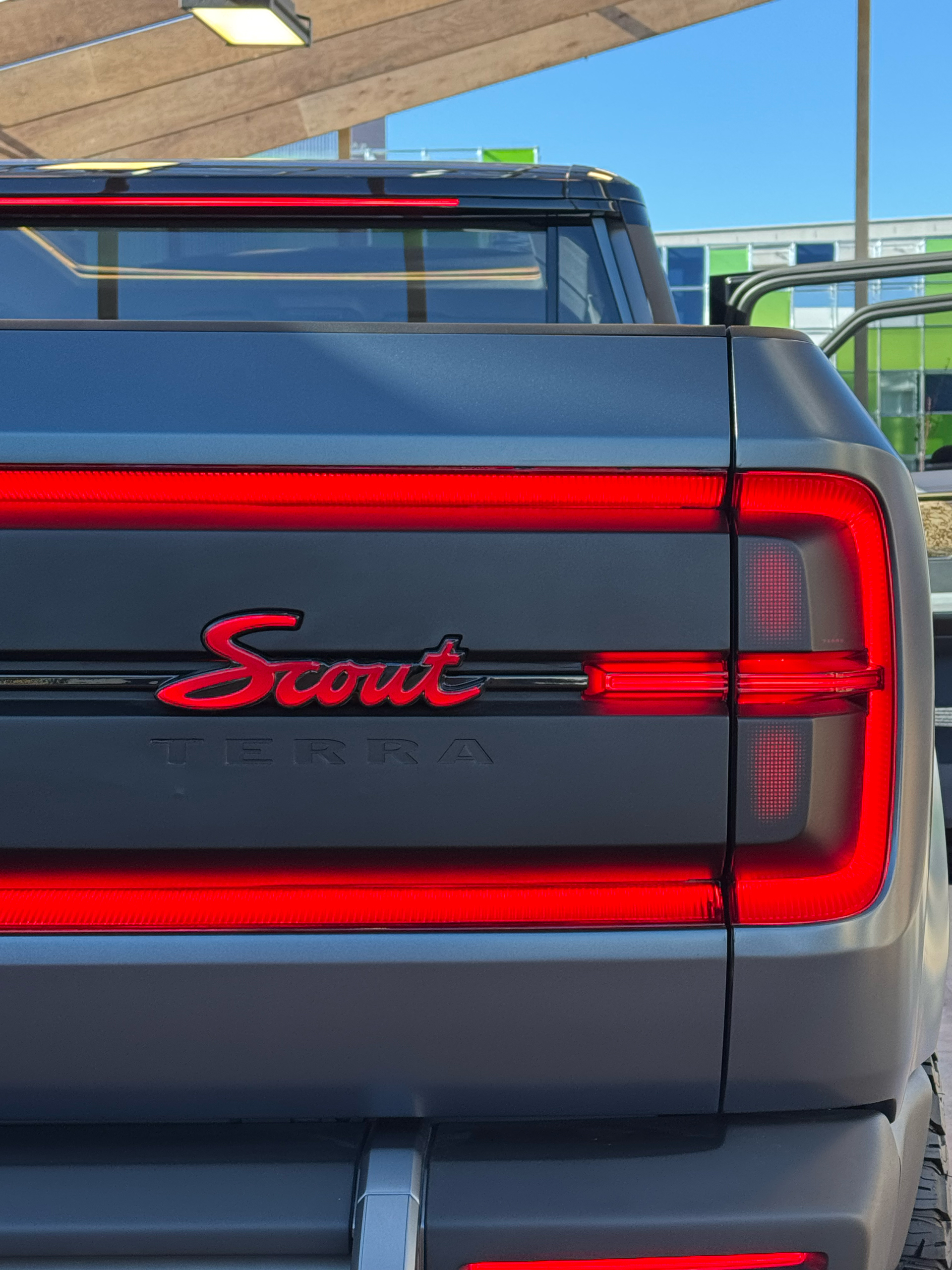
Jaguar, for good or for bad, stole the headlines by electrifying a British icon (although the word British was conspicuously absent in that major rebrand), however, at CES Scout Motors' debuted the Traveler SUV and Terra Truck.
For me, this signals a masterclass in reviving a legacy brand for the electric era (maybe take note, Jaguar). These vehicles pay homage to Scout's rugged heritage while embracing modern electric vehicle design and technology. The Traveler SUV offers important versatility for day-to-day urban commuting and for off-road adventures. The Terra Truck delivers what I’d describe as “uncompromising utility” with features like solid rear axles and a 240V power outlet.
The design language balances nostalgia with modern aesthetics. The design preserves Scout's identity while making it relevant for contemporary consumers (no easy feat, maybe, again, take note, Jaguar). Plus, adopting a direct-to-consumer model shows Scout is serious about competing with the likes of Tesla and Rivian.
I think Scout Motors should be applauded at how it has positioned itself in the EV landscape.
03. Lenovo celebrates flexibility
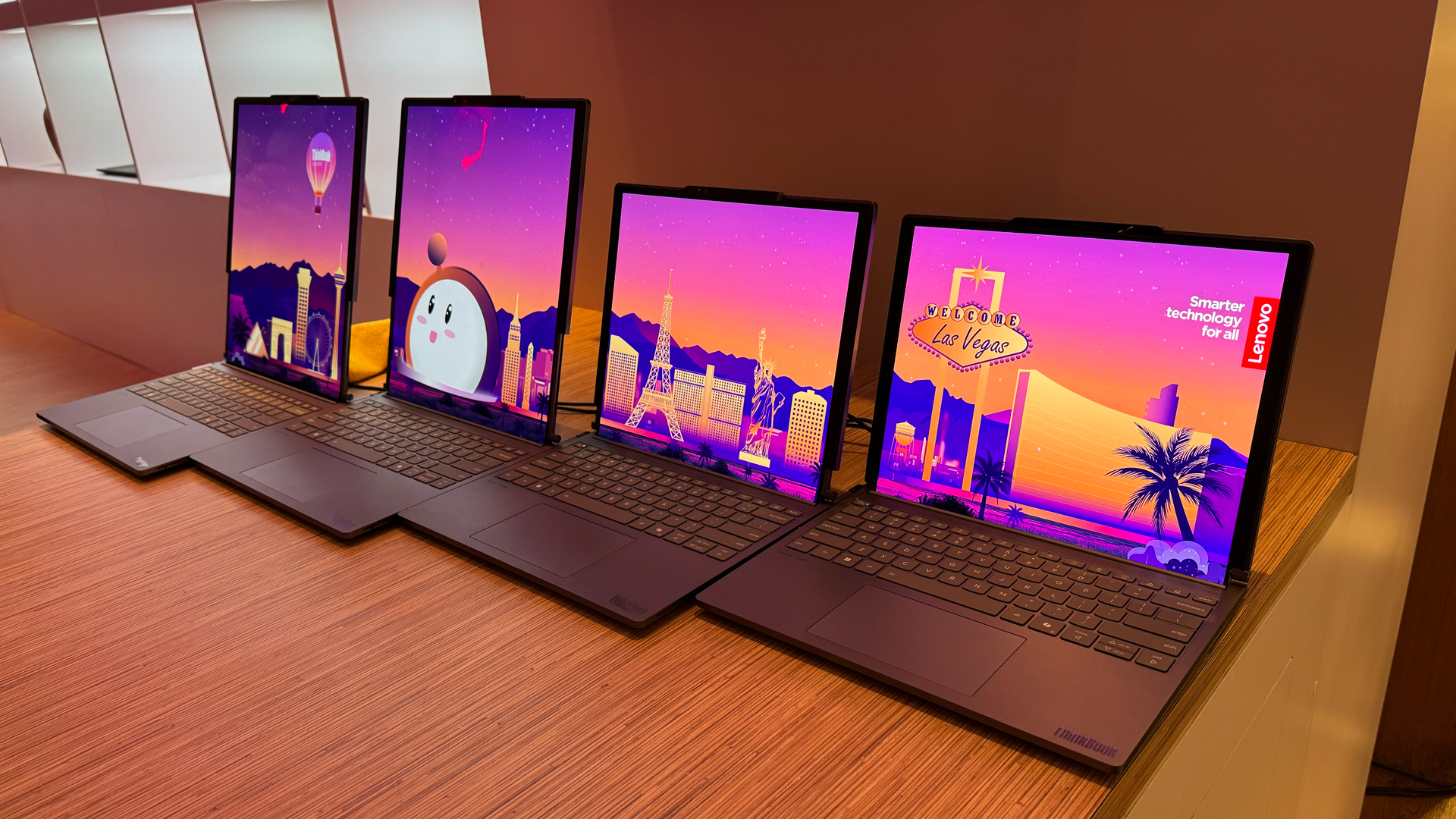
Lenovo's ThinkBook Plus Gen 6 Rollable AI PC offers an interesting and somewhat futuristic take on laptop design. Its rollable display moves the device from being a 14-inch to a 16.7-inch screen! This is achieved through a simple button press or gesture, which in turn delivers nearly 50% more screen space on demand. In a literal, swipe of the hand, this creates a device that is functionally better as well as visually captivating.
I love this playful, creative and dynamic form. I believe it represents a commitment to innovation that marries imaginative design with practical application. You might look at this Gen 6 as not just an advancement in laptop technology but a glimpse into the future of adaptable, user-centric computing.
It is this type of design that makes CES hum.
Is CES really innovative?
For all the fanfare and noise, the publicity machines and polished graphics and exhibitions, CES 2025 presents a solid vision of AI integration, but lacking in true innovation within that arena.
The most compelling designs, I have seen, aren't those that simply embed technology, they are the ones that reimagine how technology and design intersect to enhance our lives.
As designers, it is our responsibility to push beyond incremental updates and envision products that are as transformative as the technologies driving them.
For CES, it may well do good to look at the nearby desert where the horizons feel that they can stretch to infinity.
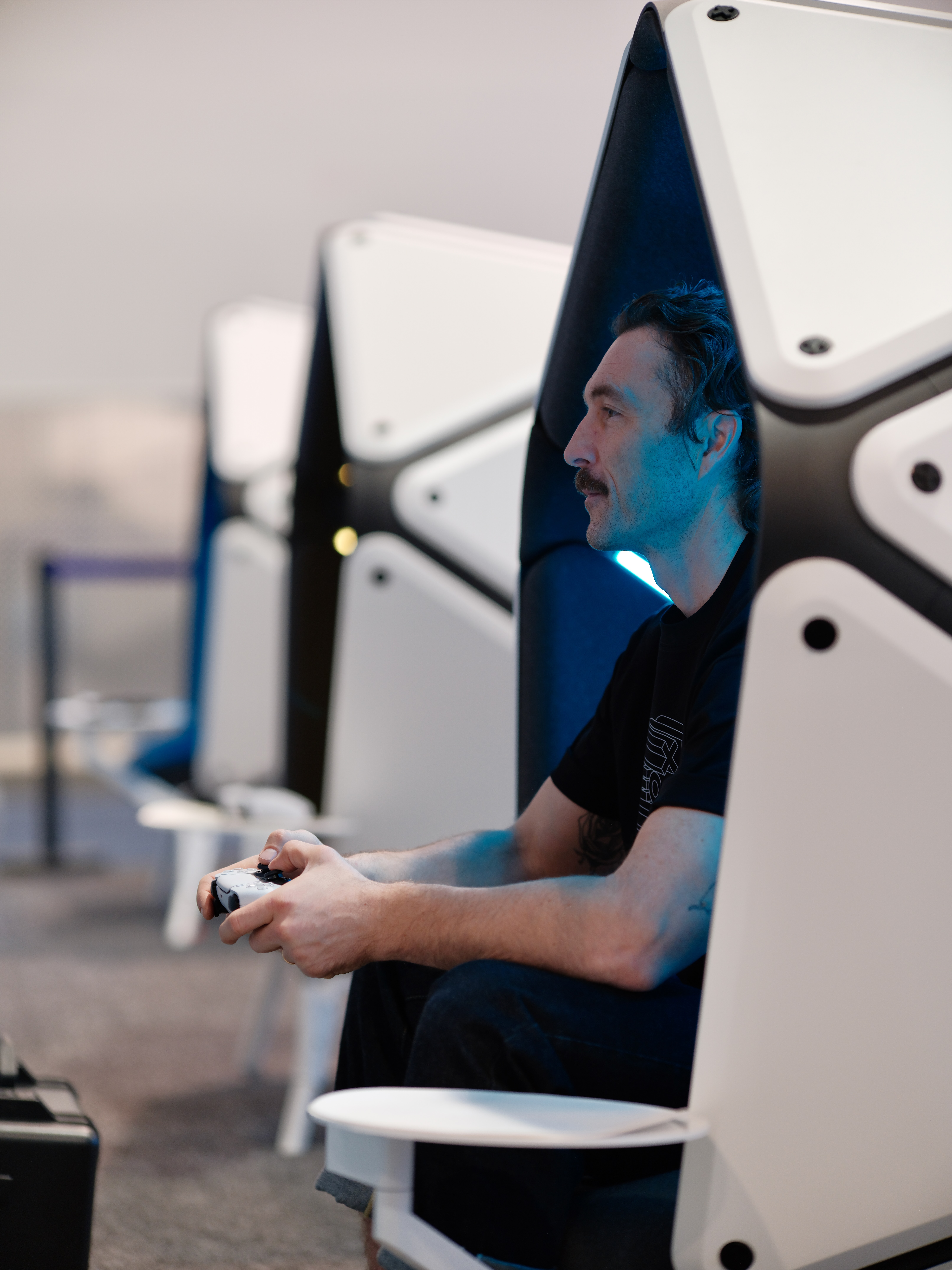
Note that Swift Creatives, the company I co-founded, had two products on display at CES: the XEO Pod (above), an immersive entertainment hub designed to redefine how we experience sound, and the Dynaudio Symphony Opus One (below) – a massive 73-inch soundbar outfitted with 72 motorised wooden fins.
